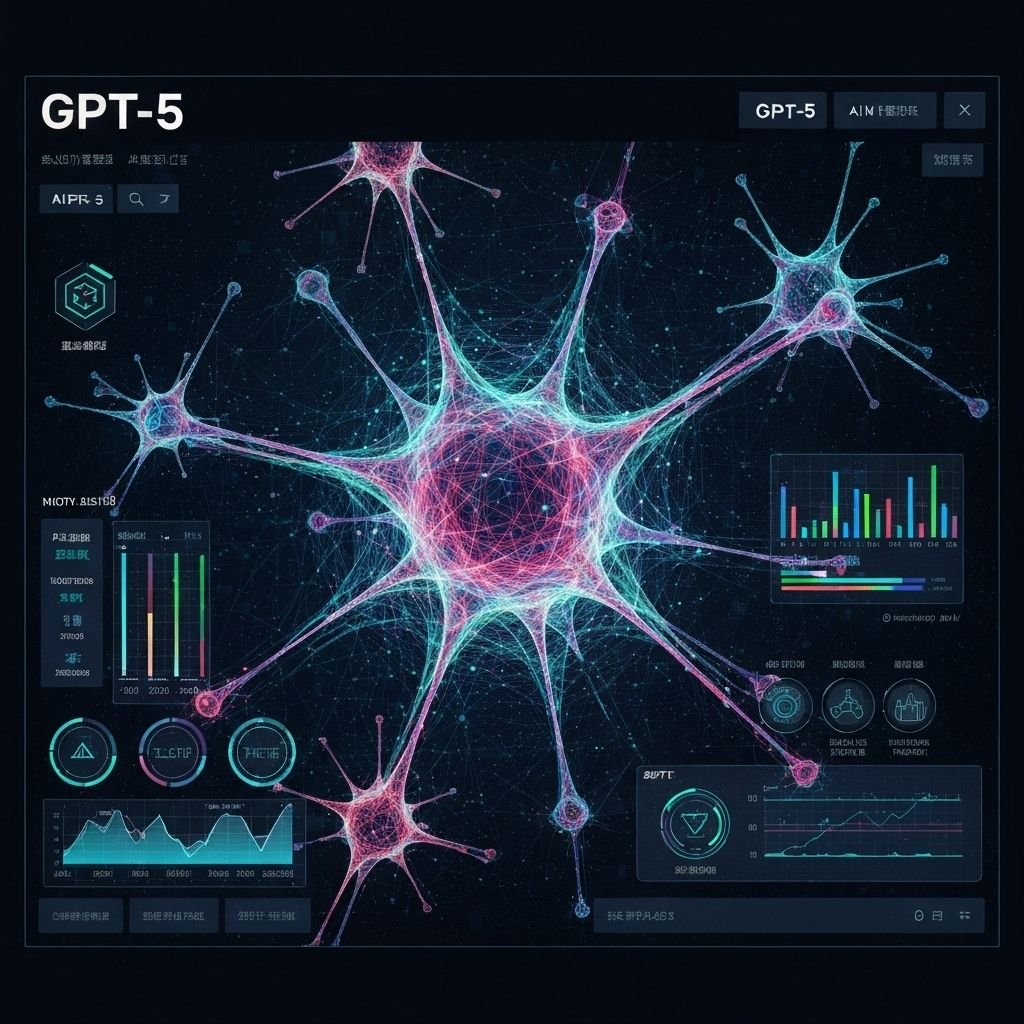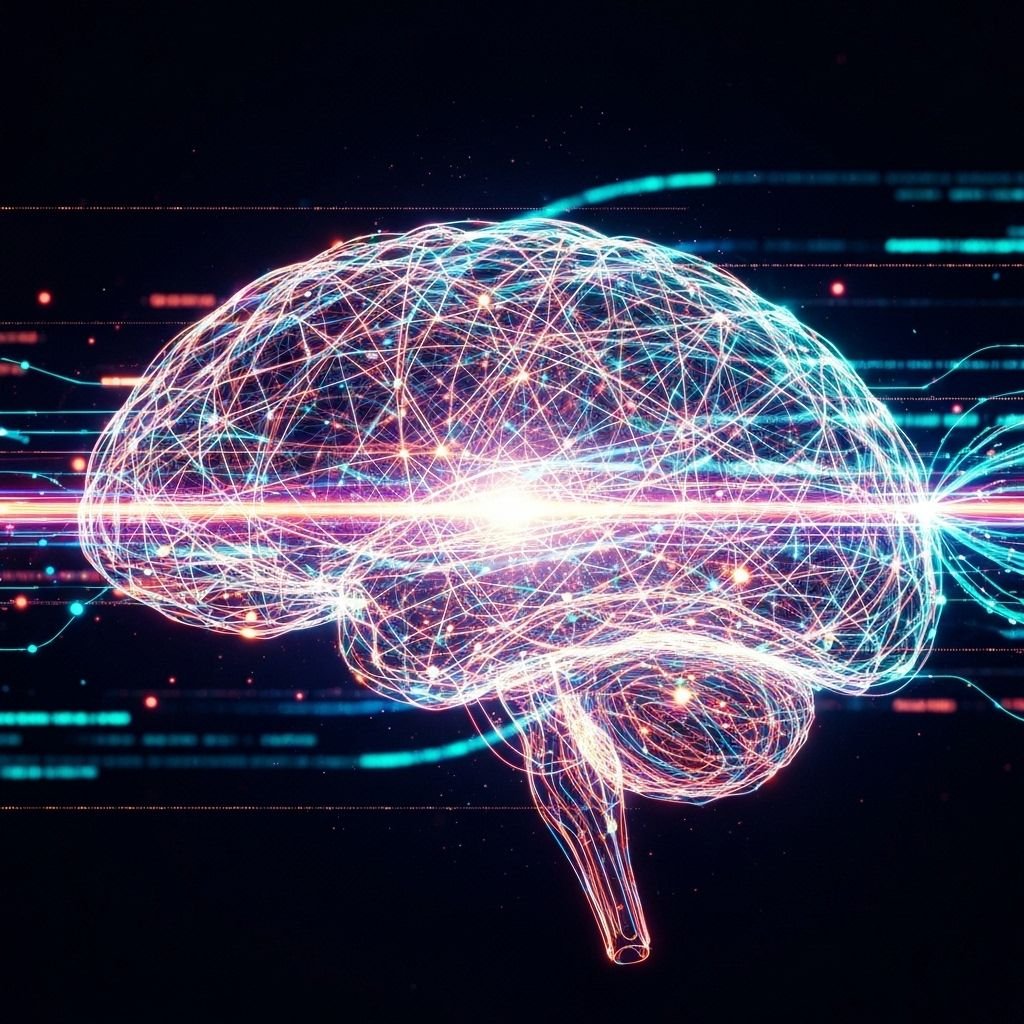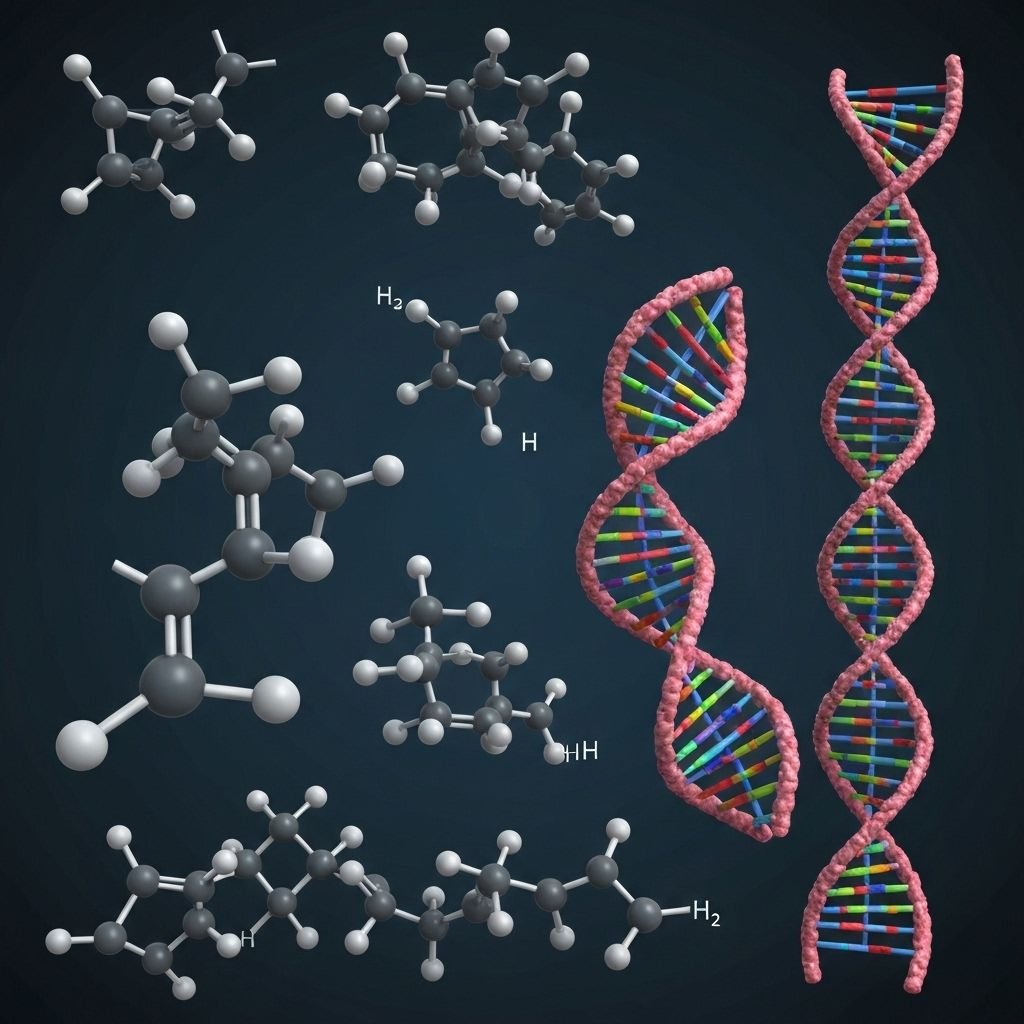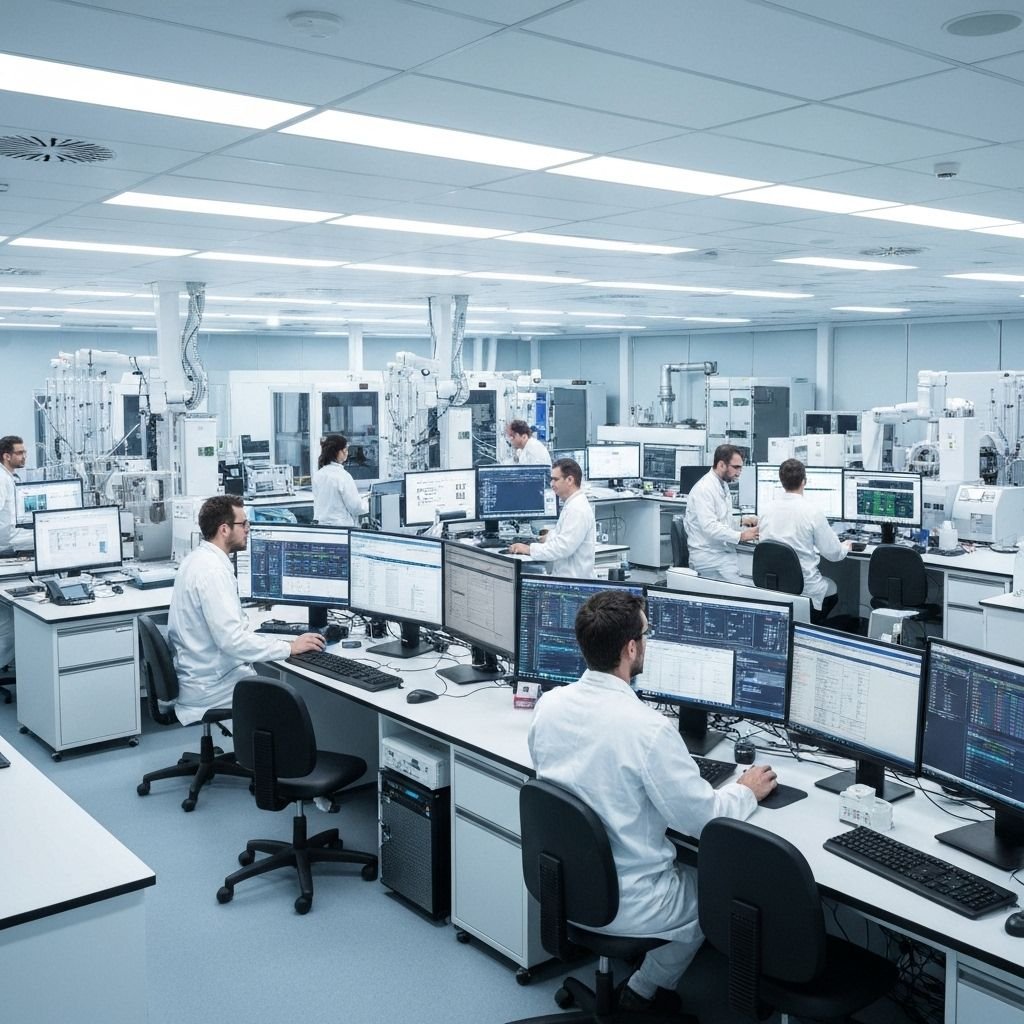OpenAI has unveiled its groundbreaking o1 series of AI models, marking a significant leap forward in artificial intelligence reasoning capabilities. These new models demonstrate unprecedented problem-solving abilities that rival PhD-level expertise in science, mathematics, and coding.
Revolutionary Reasoning Architecture
The o1 models represent a fundamental shift in AI architecture, incorporating advanced reasoning mechanisms that allow for more thoughtful and deliberate problem-solving approaches. Unlike previous models that relied primarily on pattern recognition, the o1 series employs chain-of-thought reasoning to work through complex problems step by step.
Initial testing shows remarkable performance improvements in mathematical olympiad problems, with the o1 model achieving an 83% success rate compared to GPT-4's 13% on the same benchmark. In coding challenges, the model reached the 89th percentile in Codeforces programming competitions.
Technical Innovation Behind o1
The o1 models utilize a novel training methodology called "reinforcement learning from human feedback with reasoning traces" (RLHF-RT). This approach teaches the AI to not only provide correct answers but also to show its work, making the reasoning process transparent and verifiable. The models spend significantly more computational time "thinking" before responding, allowing for deeper analysis of complex problems.
Dr. Dario Amodei, Chief Scientist at OpenAI, explains the breakthrough: "The o1 models represent a paradigm shift from fast, intuitive responses to slow, deliberate reasoning. This mirrors how human experts approach difficult problems - they take time to think through the problem systematically rather than relying on immediate intuition."
Scientific Breakthrough Applications
The implications for scientific research are profound. The o1 models have demonstrated exceptional capabilities in:
- Complex mathematical proofs and theorem solving
- Advanced physics problem-solving
- Chemical reaction prediction and analysis
- Genomics and protein folding challenges
- Climate modeling and environmental simulations
- Quantum mechanics calculations
In one remarkable demonstration, the o1 model successfully solved a graduate-level thermodynamics problem that typically requires several hours of work from a PhD student. The AI not only provided the correct answer but also showed each step of its reasoning process, including the identification of relevant equations and the logical flow of calculations.
Impact on Programming and Software Development
The coding capabilities of o1 models are particularly impressive. In benchmark tests using competitive programming problems from platforms like Codeforces and AtCoder, the models demonstrated:
- Superior algorithm design and optimization
- Complex data structure implementation
- Debug detection and code refinement
- Multi-step problem decomposition
Software engineers at major tech companies report that the o1 models can tackle problems that previously required senior-level expertise, including system design challenges and performance optimization tasks.
Safety and Alignment Considerations
With increased reasoning capabilities comes the need for enhanced safety measures. OpenAI has implemented several safeguards in the o1 models:
The reasoning transparency feature allows researchers and users to examine the AI's thought process, making it easier to identify potential biases or errors. The models also include built-in uncertainty quantification, clearly indicating when they are less confident about their reasoning or conclusions.
Dr. Sarah Chen, lead researcher at OpenAI, explains: "The o1 models don't just provide answers; they show their reasoning process, making them invaluable tools for scientific discovery and education. This transparency is crucial for building trust and ensuring responsible AI deployment."
Educational Revolution
The educational implications of the o1 models are transformative. Unlike previous AI systems that could provide answers without explanation, o1 models serve as sophisticated tutors that can guide students through complex problem-solving processes. They can:
- Break down complex problems into manageable steps
- Provide multiple solution approaches
- Explain the reasoning behind each step
- Adapt explanations to different learning styles
Industry Applications and Early Adoption
Several industries are already exploring applications for the o1 models:
Pharmaceutical Research: Drug discovery teams are using o1 models to predict molecular interactions and design new compounds. The models can analyze complex biochemical pathways and suggest novel therapeutic targets.
Financial Modeling: Investment firms are employing o1 models for sophisticated risk analysis and market prediction, taking advantage of their ability to process multiple variables and their interdependencies.
Engineering Design: Aerospace and automotive companies are using the models for complex system design and optimization, where the AI can consider multiple constraints and trade-offs simultaneously.
Performance Metrics and Benchmarks
The o1 models have set new records across multiple evaluation benchmarks:
- AIME (American Invitational Mathematics Examination): 93.6% accuracy
- IOI (International Olympiad in Informatics): 96.4% success rate
- GPQA (Graduate-level Physics Q&A): 89.7% accuracy
- MMLU-Pro (Advanced Multitask Language Understanding): 94.2%
Limitations and Future Development
Despite their impressive capabilities, the o1 models have limitations. The increased reasoning time means they are slower than previous models for simple queries. Additionally, the computational requirements are significantly higher, making widespread deployment challenging.
OpenAI is working on optimizing the models for better efficiency while maintaining their reasoning capabilities. Future versions are expected to handle even more complex reasoning tasks while reducing computational overhead.
Industry Impact and Future Outlook
The release of o1 models is expected to accelerate breakthroughs across multiple industries, from pharmaceutical research to aerospace engineering. Early adopters report significant improvements in research productivity and problem-solving efficiency.
OpenAI plans to continue refining the o1 architecture, with future iterations expected to handle even more complex reasoning tasks while maintaining the reliability and safety standards that have become synonymous with the company's approach to AI development.
The scientific community has responded with enthusiasm to the o1 models. Dr. Yoshua Bengio, Turing Award winner and AI pioneer, commented: "These models represent a significant step toward artificial general intelligence. The ability to reason through complex problems systematically brings us closer to AI systems that can truly augment human intelligence."
Conclusion
The OpenAI o1 models mark a pivotal moment in AI development, demonstrating that artificial intelligence can match and sometimes exceed human expert-level reasoning in specific domains. As these models become more accessible and efficient, they promise to transform how we approach complex problem-solving across science, technology, and education.
The journey toward more capable AI systems continues, and the o1 models provide a glimpse into a future where artificial intelligence serves as a powerful collaborator in humanity's greatest challenges and discoveries.




